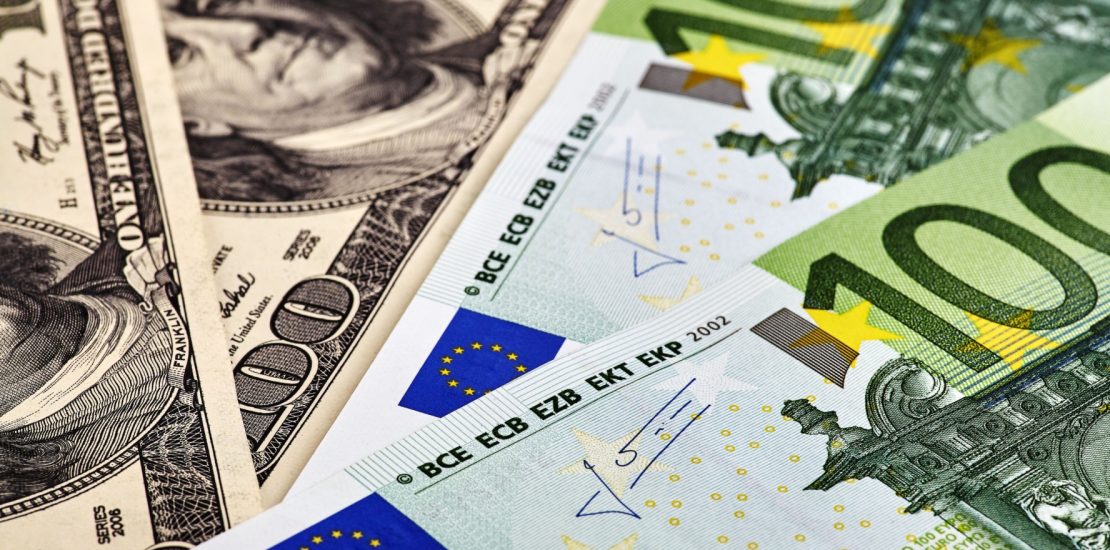- September 25, 2025
- Posted by: Regent Harbor Team
- Category: Global Economy

Contents
The Future of the Dollar: An Englishman’s Perspective
Rising tariffs and the potential distancing of the United States from international trade might imperil the dollar’s esteemed status as the world’s anchor currency. This topic is slated for discussion at the upcoming Brookings Papers on Economic Activity (BPEA) conference on September 25.
The Dollar’s Role in Global Trade
Since the Second World War, the dollar has reigned supreme in international transactions. Smaller economies have pegged their currencies to the dollar, seeking shelter from global financial tumult. This special position enables U.S. companies to secure low borrowing rates from foreign investors, allowing for increased investment and higher wages.
The Model’s Predictions
A fascinating quantitative model, crafted by academics including Tarek A. Hassan from Boston University, delves into how rising tariffs might affect the international monetary framework. The paper emphatically notes, “Inhibiting trade flows to and from the United States through tariffs or other means weakens the force underpinning the dollar’s special role.”
U.S. tariffs, notably those announced on April 2 and subsequently altered, along with retaliatory measures by foreign powers, have resulted in symmetric tariffs of around 17%. According to Hassan, a tipping point may occur at 26%, potentially causing a shift away from exchange-rate management or perhaps to another anchor currency, such as the euro.
Consequences of the Dollar’s Decline
The erosion of the dollar’s safe-haven status could lead to escalating U.S. interest rates and depreciating U.S. stock values. Additionally, there could be capital outflows and diminished U.S. wages. Without the advantages of free trade, the dollar-centric global system might collapse or see a shift in dominance.
Current Observations
Hassan noted in a Brookings Institution interview, “We’re probably still a bit away from the tipping point, but the fundamental insight stands.” The dollar’s prestige hinges on the U.S.’s engagement with the world. Following President Trump’s April 2 announcement imposing tariffs, stock prices and the dollar’s value experienced considerable declines. Yet, U.S. stock prices have made a recovery, although not in comparison to global stocks, especially considering the dollar’s depreciation.
Conclusion
The continued stability of the dollar as the world’s safe haven currency remains closely linked to the United States’ trade strategies. As the discussion unfolds at the BPEA, the implications for international investment and U.S. economic health will become clearer. It seems pivotal that the U.S. maintains robust global trade relations to secure its currency’s prominent position in the world economy.
Citation
Hassan, Tarek A., Thomas M. Mertens, Jingye Wang, and Tony Zhang. 2025. “Trade War and the Dollar Anchor.” BPEA Conference Draft, Fall.
